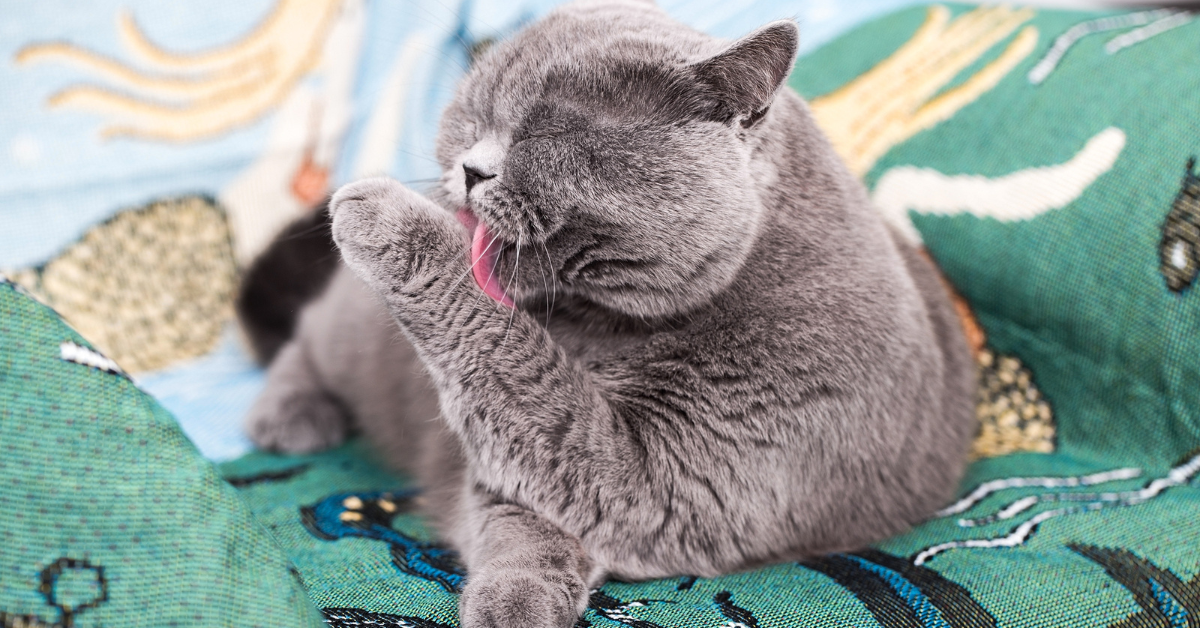How to Help Your New Pet Adjust To Their New Home

Welcome to the wonderful world of pet ownership! Pets can bring a lot of happiness into our lives, but they also require a lot of work. It’s important to make sure your new pet adjusts properly to his or her new home. In this article, we’ll give you 5 ways to help your pet adjust to his or her new home so that the process is as smooth and painless as possible.
Moving to a new home is a big adjustment for anyone, even our furry friends. Animals are creatures of habit and thrive on routine, so it’s no surprise that they may act out when their worlds are turned upside down. Luckily, there are a few things you can do as a pet parent to help ease the transition and make sure your new pet feels comfortable and loved in their new home.
1. Give Your New Pet Some Time to Adjust
When you get your new pet home, give them plenty of time to adjust. It can take a few days for your new pet to get used to their new home and routine. Be patient and give them time to explore their new surroundings and get comfortable. Try not to overwhelm them with too much attention all at once – let them come to you when they’re ready.
2. Don’t Force Them into Socializing
When you bring a new pet into your home, it’s important to take things slowly. Give everyone time to adjust. This means not forcing your new pet into socializing with family and other pets right away. If you’re introducing cats, use this guide to ensure a smooth process. It can be overwhelming for a new pet to meet so many new people and animals at once. It’s best to let them get settled in first. Go slowly and let your new pet set the pace. They’ll let you know when they’re ready to socialize.
Give them a chance to explore their new surroundings and get comfortable. You can gradually start introducing them to the other members of the household. The same goes for introducing your new pet to young children. Introduce them slowly and make sure everyone knows how to handle the new pet gently and with respect.
3. Create a Safe Space
One of the best things you can do to help your new pet adjust is to create a space that is just for them. This could be a corner in your bedroom or living room where their bed, toys, and food are all kept. This will give them a sense of security in knowing that they have a space of their own. A space where they can retreat when they need some time to decompress.
Make sure their bed or kennel is in a quiet area away from any high-traffic areas in your home. Fill their bed with familiar items like a favorite toy or blanket so they have something to comfort them as they adjust. Dogs especially love chew toys – these can help keep them occupied and help redirect any destructive chewing behaviors away from your furniture or belongings. You may also want to keep this area clear of any potential hazards like electrical cords or small objects that could pose a choking hazard.
4. Gradually Establish Routines
Another way to help your new pet with the adjustment process is to establish a routine. Pets are creatures of habit, so having a set schedule can help them feel comfortable and secure in their new environment. Try to walk your dog at the same time every day and feed them at regular intervals. If your pet is allowed on the furniture, decide which pieces are off-limits and stick to those rules. Once your pet has settled in, you can start to experiment with their routine, but it’s important to maintain some structure. By establishing a routine from the start, you can help your new pet adjust to their new home and feel like a part of the family.
5. Plenty of Exercise
A lack of exercise can lead to boredom, which can then lead to destructive behaviors like chewing on furniture or raiding the trashcan. Make sure your pet is getting at least 30 minutes of exercise every day, either through walks or playtime. Getting enough exercise will help burn off excess energy and improve your pet’s mood overall.
Conclusion
Be patient with your new pet as they learn the ropes of their new life with you. Adjusting to a new home can be tough for any pet, but with a little patience and understanding, you can help make the transition smoother for everyone involved. Just remember to give them time, create a safe space for them, and make sure they’re getting enough exercise and stimulation. With love and care, your new pet will soon feel right at home.
Previous article

Next article

Related posts
View all-

5 Simple Tips to Make Sure Your Cat Drinks Enough Water
Ensuring your cat stays hydrated is important, but it can be challenging since many cats don't drink enough water. Dehydration can lead to kidney disease and other health issues. Fortunately, you can encourage your cat to drink more with a few simple changes. Read Article -

How to Keep Your Cat Busy at Night (So You Can Sleep)
For many cat owners, the quest for a good night's sleep while keeping their feline friends content and engaged can seem like a never-ending battle. Cats, naturally more active at night or early in the morning, often disrupt your sleep schedules with nocturnal activity, whether through playful nature or seeking attention. Read Article -

Should You Bathe Your Cat? Everything You Need to Know About Cat Hygiene
When it comes to cat hygiene, a common question among cat owners is, "Should you bathe your cat?" Understanding how to care for felines, especially bathing cats properly, is crucial for maintaining their overall health. Most cats are fastidious groomers, but specific scenarios like long-haired cats getting dirty or skin irritations, might require a bath.
Read Article



